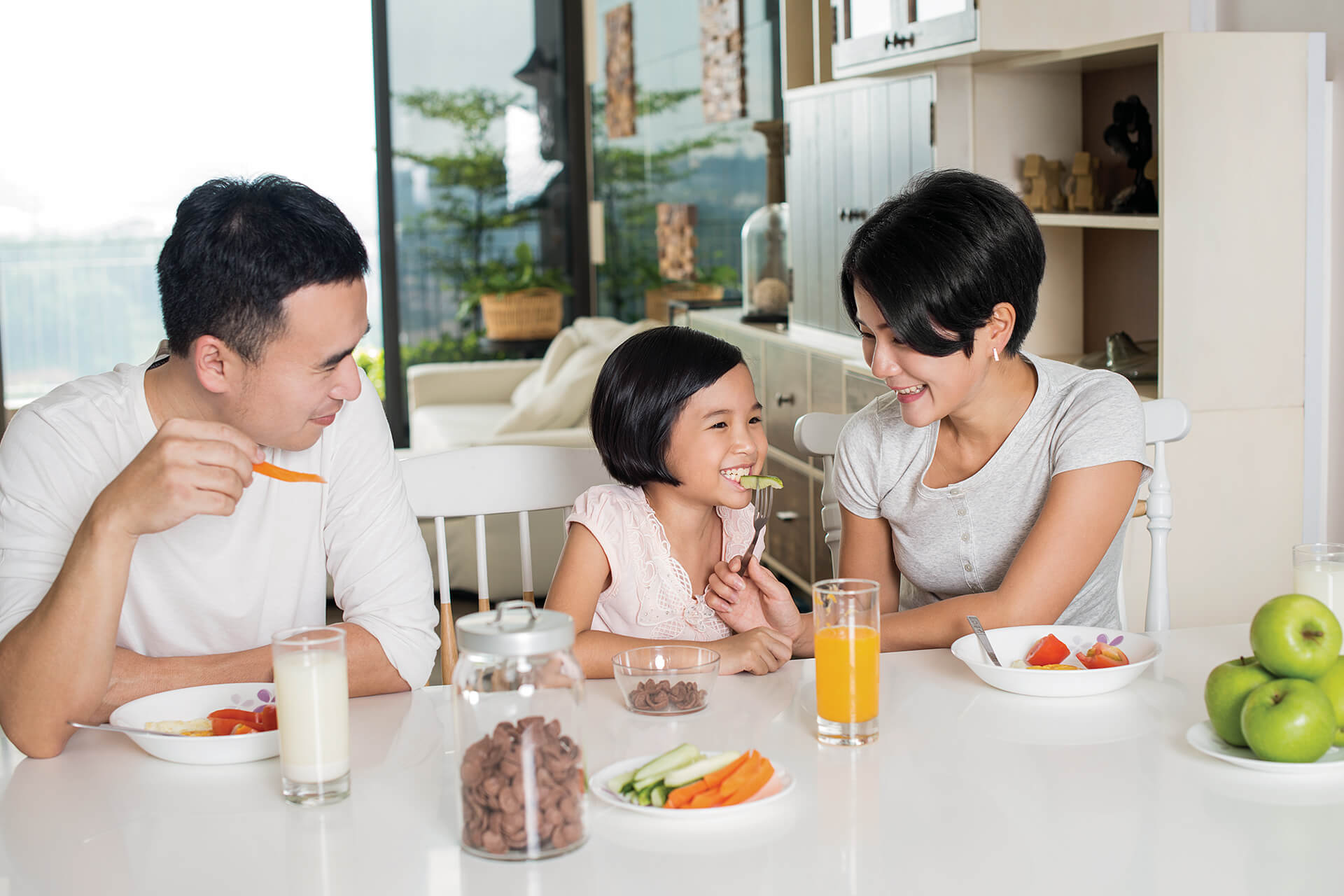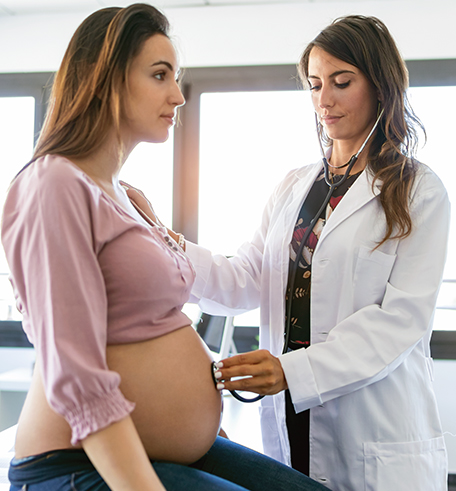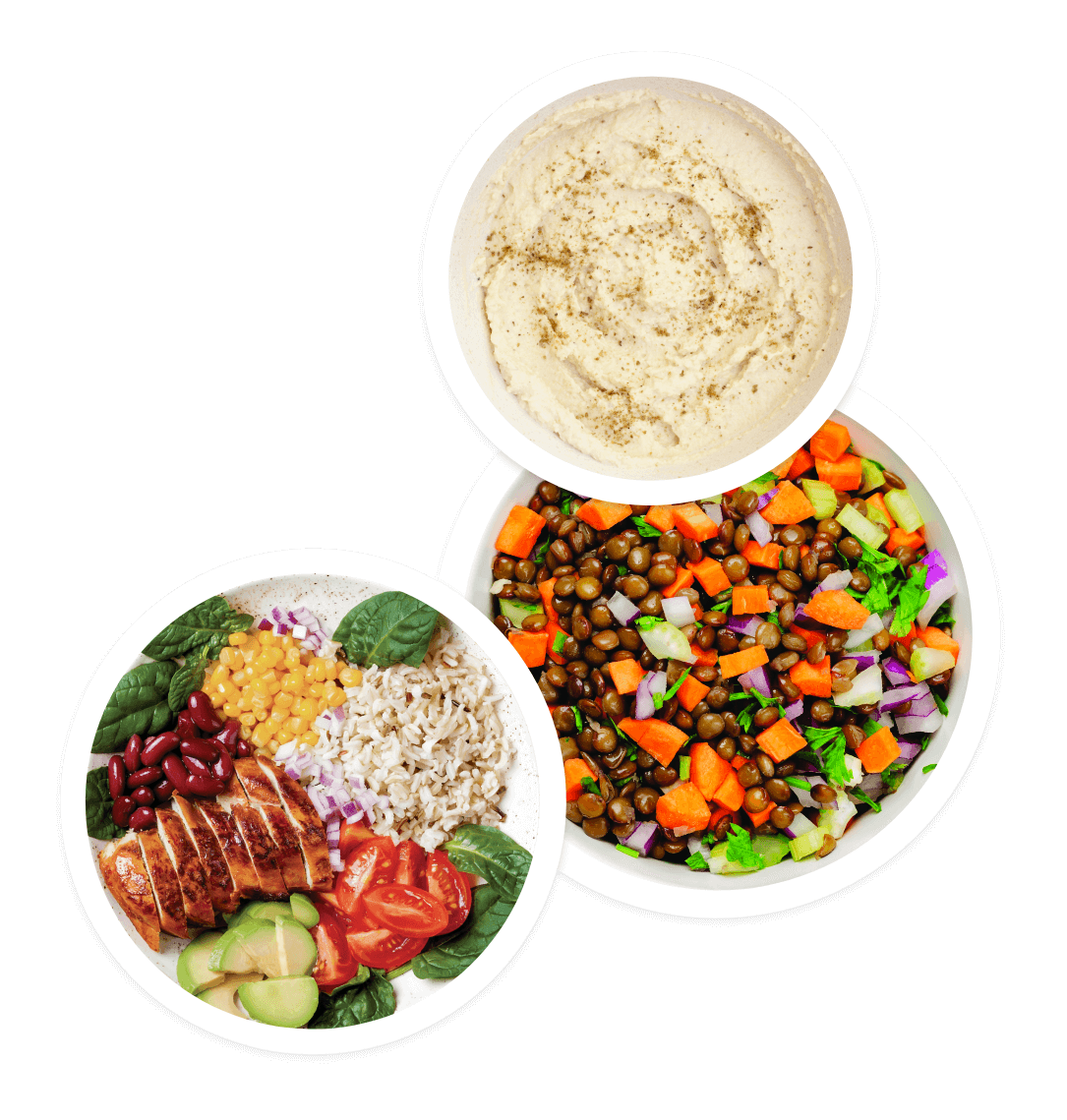
Iron for You and Your Little One – What You Need to Know
- Home
- Live Well Blog
- Iron for You and Your Little One – What You Need to Know
The Facts About Low Iron
- During pregnancy, iron is especially important for helping the body deliver oxygen to the placenta and to baby. A baby’s brain is developing quickly and needs a lot of oxygen to help do it well.
- Iron deficiency anemia during pregnancy can cause a baby to be born with an iron deficiency. It can also cause preterm delivery, poor performance by children on developmental tests, and even death of the mom.
- Iron deficiency is more common in premature babies, in children with swallowing issues and in people with health issues such as gluten intolerance and H. Pylori infection (the bacteria that causes ulcer disease).
- Iron deficiency is common in children, affecting as many as 1 in 4 children under the age of 4 years old.
- Babies who are given cow’s milk before they turn one year and children who drink more than 16-24 ounces of cow’s milk daily are at greater risk for iron deficiency anemia.

Mom, Are You at Risk?
You’re more likely to have iron deficiency anemia if:
- You are pregnant or breastfeeding, or you have given birth recently.
- You have had bariatric surgery especially gastric bypass, or other recent major surgery.
- You are vegetarian and don’t eat many iron-rich foods.
- You have heavy menstrual periods.
- You regularly donate blood.
How to Get More Iron from Food
The best absorbed sources of iron (heme iron) come from beef, the dark meat of chicken and turkey, and some seafood. Liver has the most iron. Less absorbed iron (non-heme iron) comes from eggs, cereal, beans, lentils, nuts, and fortified foods. The foods you eat impact how much iron your body absorbs from food.
Foods that decrease iron absorption
How to Improve Iron Absorption
Fiber and bran rich foods
Eat a vitamin C-rich fruit or veggie with whole grain breads, beans, eggs, nuts, or fiber-rich and iron-fortified cereals.
Calcium (from milk products, fortified foods, or vitamin mineral supplements)
Drink milk between, instead of with meals. Don’t take iron supplements with milk or with calcium supplements.
Black and peppermint tea, coffee
Avoid or drink tea and coffee between, instead of with meals.
The best absorbed sources of iron (heme iron) come from beef, the dark meat of chicken and turkey, and some seafood. Liver has the most iron. Less absorbed iron (non-heme iron) comes from eggs, cereal, beans, lentils, nuts, and fortified foods. The foods you eat impact how much iron your body absorbs from food.
Foods that decrease iron absorption
Fiber and bran rich foods
How to Improve Iron Absorption
Eat a vitamin C-rich fruit or veggie with whole grain breads, beans, eggs, nuts, or fiber-rich and iron-fortified cereals.
Foods that decrease iron absorption
Calcium (from milk products, fortified foods, or vitamin mineral supplements)
How to Improve Iron Absorption
Drink milk between, instead of with meals. Don’t take iron supplements with milk or with calcium supplements.
Foods that decrease iron absorption
Black and peppermint tea, coffee
How to Improve Iron Absorption
Avoid or drink tea and coffee between, instead of with meals.
Meal Ideas that can help you get more iron
- Add leftover pork, chicken, or beef to lentils or beans.
- Make hummus with chickpeas and serve with red bell pepper slices.
- Eat an orange, papaya, mango, peach, pineapple, or kiwi for dessert after a meal.
- Cook eggs with tomatoes and bell peppers.
- Add cabbage slaw to a meal or top a taco or sandwich with it.
- Make a stir-fry with tofu, broccoli, and red peppers.
- Snack on pumpkin seeds and a vitamin C-rich fruit like cantaloupe or berries.
- Roast cauliflower, broccoli, and potatoes and add to any meal.
- Add salsa to your meal; tomato and chiles both contain vitamin C.
- Cook spaghetti sauce in an iron skillet.
Meal Ideas that can help you get more iron
- Add leftover pork, chicken, or beef to lentils or beans.
- Make hummus with chickpeas and serve with red bell pepper slices.
- Eat an orange, papaya, mango, peach, pineapple, or kiwi for dessert after a meal.
- Cook eggs with tomatoes and bell peppers.
- Add cabbage slaw to a meal or top a taco or sandwich with it.
- Make a stir-fry with tofu, broccoli, and red peppers.
- Snack on pumpkin seeds and a vitamin C-rich fruit like cantaloupe or berries.
- Roast cauliflower, broccoli, and potatoes and add to any meal.
- Add salsa to your meal; tomato and chiles both contain vitamin C.
- Cook spaghetti sauce in an iron skillet.

